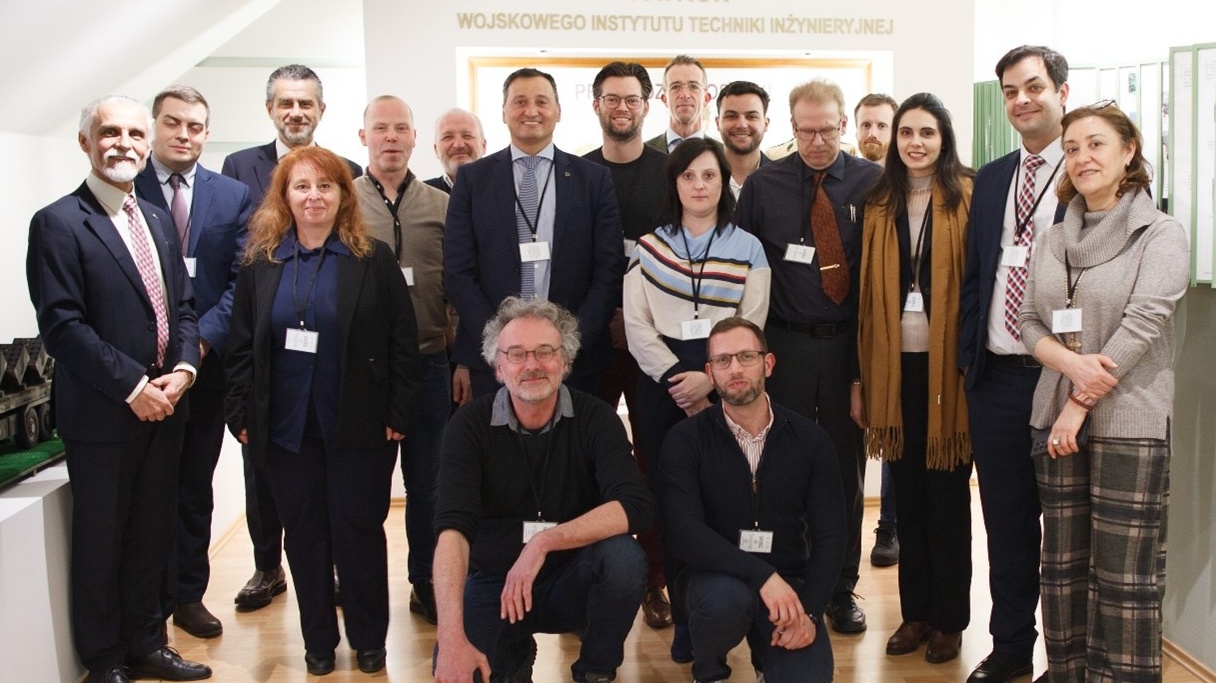A nearly two-year research effort developed by the European Defence Agency has made progress in developing smart camouflage technologies aimed at enhancing the stealth and survivability of military vehicles and equipment.
With modern surveillance technologies such as visible, radar and thermal detection becoming more advanced, there is a growing need for adaptive camouflage.
That is why the goal of the advanced solutions for camouflage of land Systems using smart and adaptive materials (ASCALS) project seeks to find new materials, and ways to apply them, for active and adaptive camouflage in the visible, infrared and radar ranges.
Collaborative effort across six Member States
The first phase of the project was executed by a consortium of 10 industrial and research entities, led by Adamant Composites (Greece) and comprising 10 industrial and research entities: the University of Luxembourg; TNO, MIS7 and Bolidt (the Netherlands); the Military Institute of Engineer Technology (WITI) and LUBAWA S.A. (Poland); CITEVE, INEGI, CINAMIL (Portugal) and the Swedish Defence Research Agency.
ASCALS’s first phase aimed to develop materials that can dynamically adjust to different environmental conditions. With a budget of 1.3 million euros, the project focused on creating materials that can change their optical, thermal, and radar signatures to help ground-based military systems remain hidden.

The project explored innovative materials designed to adapt to various detection methods:
- Electrochromic materials: These can change their colour and reflectance on demand, helping systems blend into different environments.
- Liquid crystals: These materials can alter light transmission and reflection, particularly in infrared light, making it harder to detect objects.
- Phase-change materials: These advanced materials control heat emission, allowing systems to better manage their thermal signature and blend into varying temperatures.
- Graphene and electrolyte structures: By using the exceptional properties of graphene over infrared and radar signal reduction, the combination with an electrolyte allows the potential for controllability.
- Controllable meta-surfaces: Through an array of patches controlled by a custom app, the reflected radar signal is dynamically adjusted to the operational needs.
These adaptive materials can quickly adjust to changes in the environment, making them highly effective in real-time camouflage.
ASCALS II
ASCALS I has set the stage for the next phase of development. ASCALS II will focus on advancing these technologies further, with the goal of field-testing them on military platforms by 2027, subject to the interest and support of Member States. The results of ASCALS I show promise for military ground systems, and the technologies could even be adapted for use on air and maritime platforms in the future.
About EDA
EDA supports its 27 Member States in improving their defence capabilities through European cooperation. Acting as an enabler and facilitator for Ministries of Defence willing to engage in collaborative capability projects, the Agency has become the ‘hub’ for European defence cooperation with expertise and networks allowing it to address the whole spectrum of capabilities.
Further information